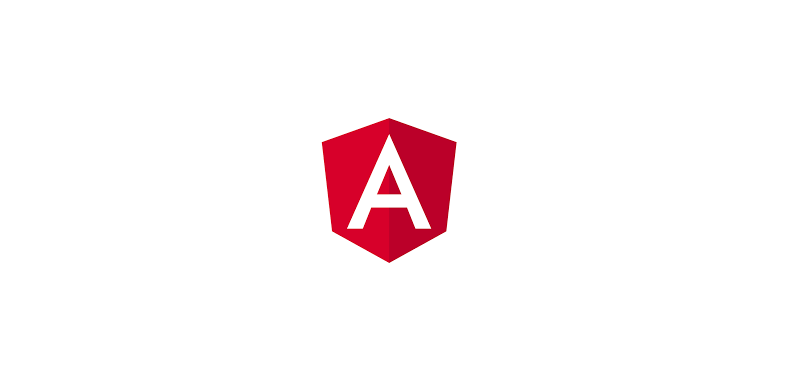JavaScript is a scripting language used to create and control dynamic website content. It is lightweight and most commonly used as a part of web pages, whose implementations allow client-side script to interact with the user and make dynamic pages. JavaScript enables interactive web pages and is an essential part of web applications.
Here is the top 10 list of the best Javascript Frameworks:
React is a javascript library created by Facebook. It is a declarative, efficient, and flexible JavaScript library for building user interfaces. It lets you compose complex UIs from small and isolated pieces of code called “components”.
3. Vue
Vue (pronounced /vjuː/, like view) is a progressive framework for building user interfaces. Unlike other monolithic frameworks, Vue is designed from the ground up to be incrementally adoptable. The core library is focused on the view layer only, and is easy to pick up and integrate with other libraries or existing projects.
4. Ember
Ember.js is a JavaScript framework for creating ambitious web applications. It helps you:
5. Node
Node is a JavaScript runtime built on Chrome's V8 JavaScript engine. It is is designed to build scalable network applications. Node is free and uses JavaSript on the server. Node.js runs on various platforms (Windows, Linux, Unix, Mac OS X, etc.)
6. Backbone
Backbone.js gives structure to web applications by providing models with key-value binding and custom events, collections with a rich API of enumerable functions, views with declarative event handling, and connects it all to your existing API over a RESTful JSON interface.
Here is the top 10 list of the best Javascript Frameworks:
- React
- Angular
- Vue
- Ember
- Node
- Backbone
React is a javascript library created by Facebook. It is a declarative, efficient, and flexible JavaScript library for building user interfaces. It lets you compose complex UIs from small and isolated pieces of code called “components”.
2. Angular
AngularJS is a structural framework for dynamic web apps. It lets you use HTML as your template language and lets you extend HTML's syntax to express your application's components clearly and succinctly. AngularJS's data binding and dependency injection eliminate much of the code you would otherwise have to write. And it all happens within the browser, making it an ideal partner with any server technology.
3. Vue
Vue (pronounced /vjuː/, like view) is a progressive framework for building user interfaces. Unlike other monolithic frameworks, Vue is designed from the ground up to be incrementally adoptable. The core library is focused on the view layer only, and is easy to pick up and integrate with other libraries or existing projects.
4. Ember
Ember.js is a JavaScript framework for creating ambitious web applications. It helps you:
- Write less code with templates that automatically update.
- Retrieve models, with rich relationships, from your server.
- Conventional app structure helps your app grow without messy code.
5. Node
Node is a JavaScript runtime built on Chrome's V8 JavaScript engine. It is is designed to build scalable network applications. Node is free and uses JavaSript on the server. Node.js runs on various platforms (Windows, Linux, Unix, Mac OS X, etc.)
6. Backbone
Backbone.js gives structure to web applications by providing models with key-value binding and custom events, collections with a rich API of enumerable functions, views with declarative event handling, and connects it all to your existing API over a RESTful JSON interface.







